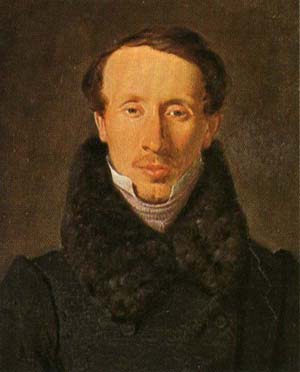Fairy Tales Told for Children. First Collection. facts for kids
 |
|
| Author | Hans Christian Andersen |
|---|---|
| Original title | Eventyr, fortalte for Børn. Første Samling. |
| Country | Denmark |
| Language | Danish |
| Genre | Literary fairy tale |
| Publisher | C. A. Reitzel |
|
Publication date
|
8 May 1835 – 7 April 1837 |
| Media type | Fairy tale collection |
Fairy Tales Told for Children. First Collection. (Danish: Eventyr, fortalte for Børn. Første Samling.) is a famous group of nine fairy tales written by Hans Christian Andersen. These stories were first published in Denmark between 1835 and 1837. This collection was Andersen's very first time writing fairy tales. It introduced some of his most beloved characters to the world.
About the Collection
This collection includes nine wonderful fairy tales. They were released in three separate small books. These books were published by C. A. Reitzel in Copenhagen. Later, all nine tales were gathered into one larger book. This book also included a special introduction written by Andersen himself.
First Booklet of Tales
The first part of Fairy Tales Told for Children. First Collection. came out on May 8, 1835. It had four stories inside:
- "The Tinderbox"
- "Little Claus and Big Claus"
- "The Princess and the Pea"
- "Little Ida's Flowers"
The first three tales were based on old folktales Andersen heard as a child. "Little Ida's Flowers" was a completely new story. Andersen created it for a girl named Ida Thiele. Her father, Just Mathias Thiele, was a friend who helped Andersen early in his career.
Second Booklet of Tales
The second part of the collection was published on December 16, 1835. This booklet contained three more tales:
- "Thumbelina"
- "The Naughty Boy"
- "The Traveling Companion"
"Thumbelina" was a new story from Andersen's imagination. It was inspired by other tales about tiny people. "The Naughty Boy" was based on an old poem about Cupid. "The Traveling Companion" was a ghost story that Andersen had worked on before.
Third Booklet of Tales
The third and final part of Fairy Tales Told for Children. First Collection. was released on April 7, 1837. It featured two very famous stories:
"The Little Mermaid" was a brand new story created by Andersen. It was influenced by old mermaid legends. This tale helped make Andersen famous around the world. "The Emperor's New Clothes" was based on an old Spanish story. Just before it was published, Andersen changed the ending. He made it so a child bravely says, "The Emperor is not wearing any clothes!"

